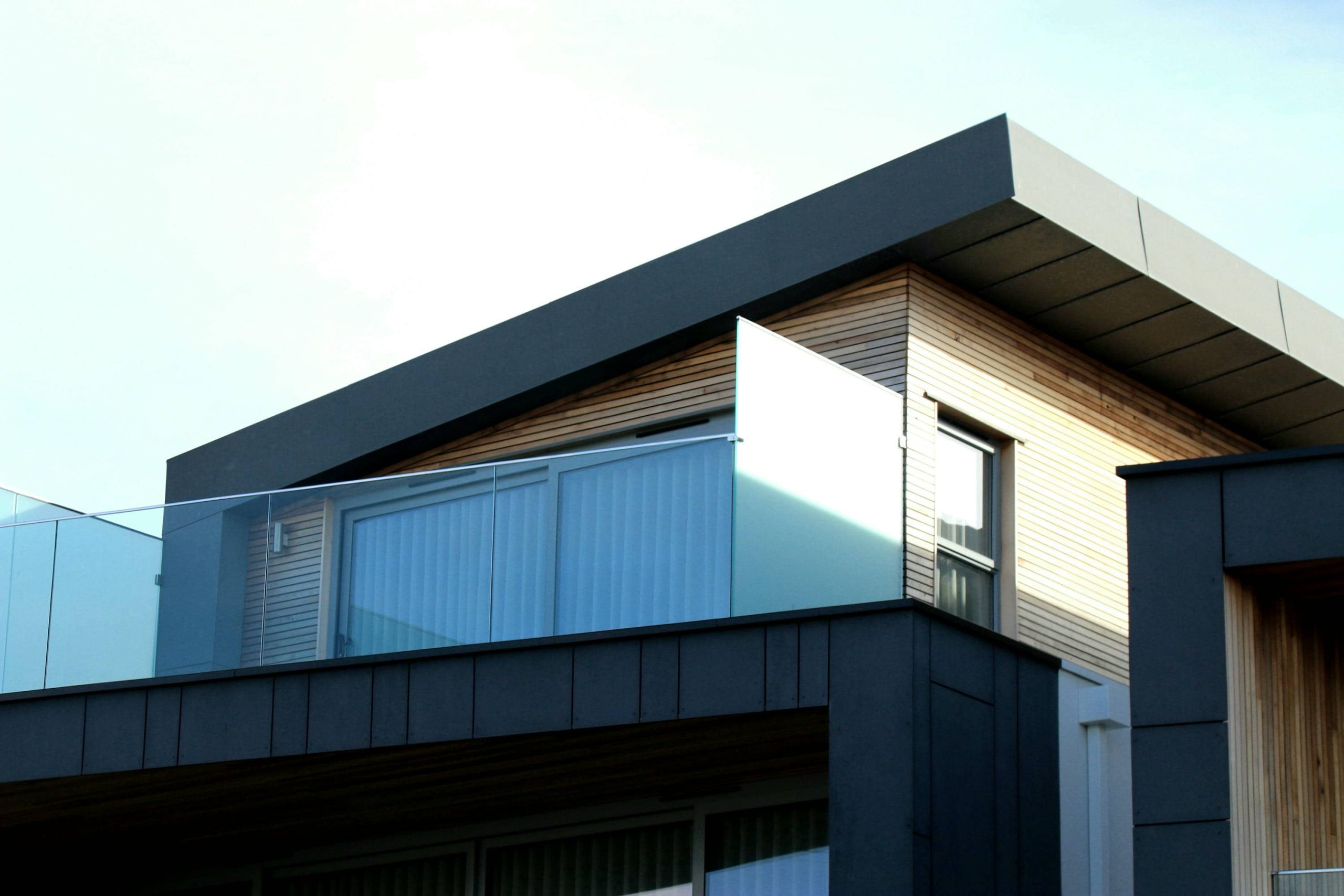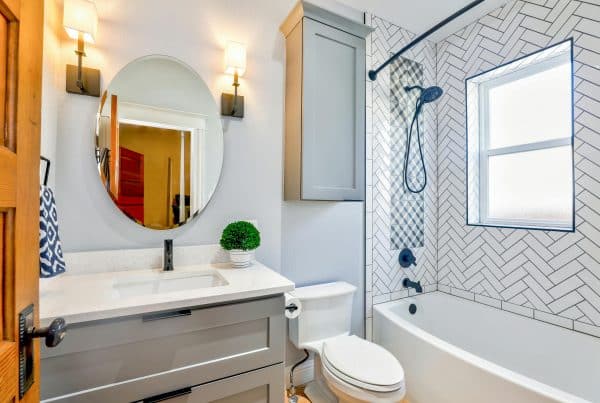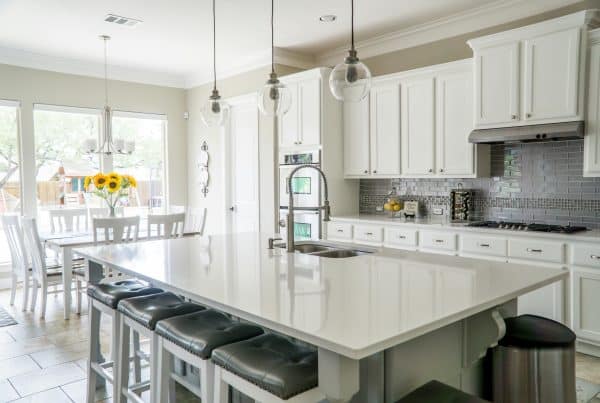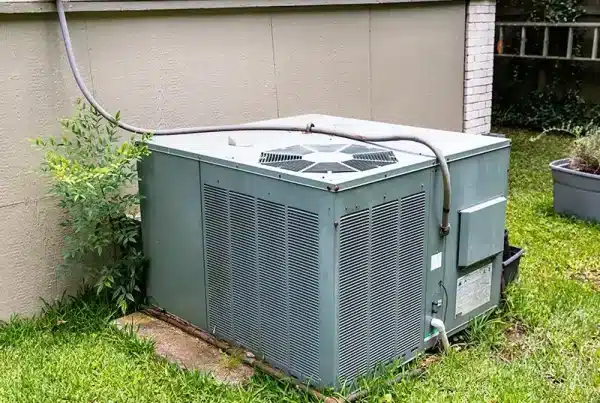Modern homes are popular among homebuyers thanks to their aesthetic appeal and practicality.
If you’re thinking of buying a modern-style home, keep reading for ten interesting facts every potential homebuyer should know. And if you’re ready to start your search, use our Home Search tool to find your ideal modern home in the greater Las Vegas area.
What are modern homes?
Modern homes are residential structures that use principles from modernist architecture. The origins of the modern home style date back to the early 20th century with the rise of the modernist movement. However, the phrase “modern home” has broadened significantly in contemporary usage.
Today’s modern homes often incorporate a variety of styles, materials, and design elements. Indeed, modern residential homes are often a patchwork of design inspiration.
As a result, terms like modern, mid-century modern, neomodern, modern contemporary, and contemporary can be somewhat fluid and overlapping. Real estate listings may describe modern homes using these terms even if the specific categorization isn’t fully accurate.
For help finding a home that meets your specific requirements, contact The Real Estate Guy.
Want to see examples of modern homes? Check out the video!
10 Facts about modern homes for homebuyers
1. Mid-century modern homes typically feature open floor plans
Mid-century modern homes are known for their open floor plans. In fact, this gorgeous home style marked a pivotal transition away from the compartmentalized layouts of traditional home designs.
The shift towards open floor plans was driven by a few key factors. Firstly, the lifestyle preferences of the post-war era emphasized more casual and entertaining styles.
Secondly, pioneering architects like Frank Lloyd Wright, who predated but heavily influenced mid-century modern design, had already begun to blur the lines between different areas of the home. Wright influenced and trained many architects who would go on to work in the mid-century modern style.
Thirdly, advancements in construction techniques allowed for larger areas with no supporting walls, making open floor plans more feasible.
2. Modern homes may incorporate broken plan elements rather than fully open layouts
While open plans remain popular, the “broken plan” trend is gaining traction in modern home designs today. This approach uses partial walls, split levels, and/or furniture to create distinct zones within a larger space.
Broken plans maintain an open feel while adding separation where needed. For instance, furniture placement, shelving units, and flooring materials help create “rooms within rooms,” while sliding or folding doors offer privacy.
Some residential architects argue that broken plan layouts offer better acoustics, better-defined spaces, improved energy efficiency, enhanced privacy, and the ability to hide clutter.
3. Upside-down floor plans are gaining popularity in certain modern home designs
Some modern homes feature upside-down or reverse living floor plans, with living areas on the upper floors and bedrooms on the lower levels. This arrangement offers better views and cooler sleeping areas.
Reverse living floor plans are often found in coastal, lakefront, or hillside homes where placing the main living areas upstairs offers a better vantage. These plans are also well-suited for homes on narrow lots, in urban settings, or in hot areas.
4. Floor-to-ceiling windows are a hallmark of modern home design
Floor-to-ceiling windows are a distinct feature of modern home design. While not present in every modern home, they are highly desired for their ability to maximize natural light, create brighter and more open living spaces, and offer better views.
When properly designed and installed, these windows can contribute to a home’s energy efficiency during the winter through passive solar heating. During summer months, shading solutions can be used to combat excess heat.
5. Flat or low-pitched roofs are common in modern homes
Flat and low-pitched roofs are popular in modern homes due to their sleek appearance and practical benefits. These roofs provide key advantages, such as additional usable space, cost-effectiveness, easier maintenance, and an ideal place for solar panels.
Regarding maintenance: Flat roofs are easier to maintain and inspect due to their even surface, with no slopes or angles to navigate.
While flat and low-pitched roofs are a common choice, modern homes feature various roof styles. Available selections range from traditional gable and hip roofs to more unique designs like butterfly roofs, shed roofs, and curved roofs.
6. Japandi style is influencing modern home aesthetics
Japandi, which is a curious blend of Japanese and Scandinavian design styles, has made quite an impact on modern homes. Its surge in popularity has resulted in an increased use of natural materials, neutral color palettes, and minimalist furniture.
Japandi’s emphasis on simplicity and quality craftsmanship appeals to those seeking a sustainable and enduring style. Additionally, as more people work from home, the focus on creating serene, uncluttered spaces aligns well with modern needs.
7. Modern home design prioritizes indoor-outdoor integration
Modern homes often feature fluid transitions between indoor and outdoor spaces, with large sliding glass doors that balance natural light and flooring patterns that extend from the interior to exterior spaces.
Upscale modern homes also frequently include covered outdoor living spaces that serve as extensions of the interior, complete with furniture, lighting, and entertainment systems. Expansive patios with high-end outdoor kitchens are sometimes seen in luxury modern home designs.
Check out photos of modern homes on Pinterest.
8. Neomodern homes increasingly include smart features
You’ll likely encounter smart features if you’re looking for a neomodern home. Many neomodern homes now come standard with smart thermostats and lighting systems that you can either control from your phone or a control panel.
Security is also getting smarter with video doorbells and alarm systems that can be linked to apps on your phone. For homebuyers, this means getting a house that’s not only stylish but also more efficient, secure, and comfortable.
9. Prefab and modular construction is trending in modern homes
Prefab and modular construction are making waves in modern home design. In North America alone, modular construction accounted for over 6% of new builds in 2023, according to the Modular Building Institute.
Additionally, the global prefabricated housing market is expected to hit a whopping $41.4 billion globally by 2030 (Yahoo Finance).
10. Modern homes often feature energy-efficient upgrades
Modern homes often come with energy-efficient features due to the growing emphasis on sustainability in home construction. Common features include energy-efficient windows and doors, high-efficiency HVAC systems, smart thermostats, energy-efficient appliances, LED lighting, and solar panels.
According to the National Association of Homebuilders, 9 out of 10 homebuyers prefer homes with energy-efficient features, which can also increase a home’s value.
Building codes in many regions now require higher energy efficiency standards, and there is a growing trend toward “net-zero” homes that produce as much energy as they consume.
Modern vs Contemporary Homes
While terminology and design features often overlap, modern and contemporary home designs do have some distinct differences.
Origins and Design Philosophy
Modern homes are rooted in the modernist movement from the early to mid-20th century, which focuses heavily on function and simplicity in design. By contrast, contemporary homes reflect current design trends and draw from various styles, including modernism.
Aesthetics and Materials
Aesthetically, modern homes feature clean lines, minimal ornamentation, and a consistent look, whereas contemporary homes are more eclectic. Modern homes typically use materials like wood, glass, and steel, whereas contemporary designs often experiment with newer, innovative materials.
Color Palette
The color palette in modern homes usually leans toward neutral tones with occasional bold accents, while contemporary homes use a wider range of colors.
Sustainability
Contemporary designs often place a stronger emphasis on eco-friendly features and sustainable building practices.
Modern homes tend to adhere more rigidly to design principles regardless of environmental impact. That said, today’s real estate is wildly diverse. There are many groundbreaking builders who are pushing the limits and definitions of modern homes within a sustainable framework.
Rooflines, Layouts, and Outdoor Connections
Modern homes often feature flat or low-pitched roofs, whereas contemporary homes tend to experiment with more complex and varied designs.
Both styles typically feature open floor plans, but contemporary homes may include more flexible, multi-functional spaces.
Additionally, while both styles emphasize connections between indoor and outdoor spaces, contemporary homes may push this concept further.
Find Modern Homes In Las Vegas with The Real Estate Guy
Are you ready to find your dream home in the Las Vegas area? Contact The Real Estate Guy to get started!






